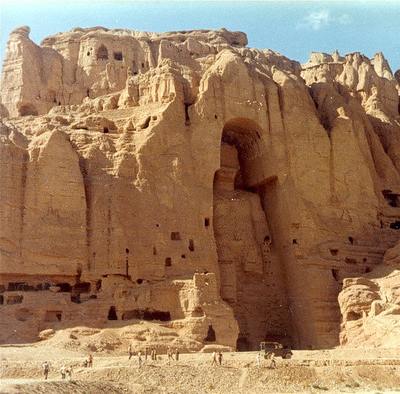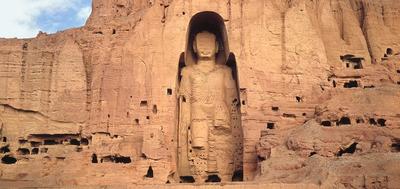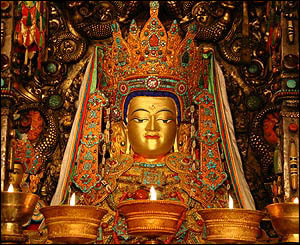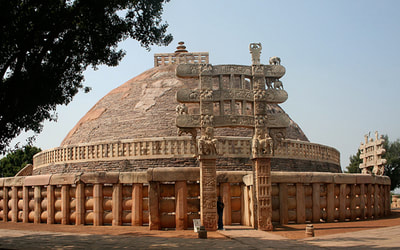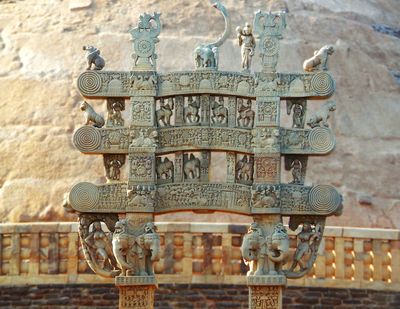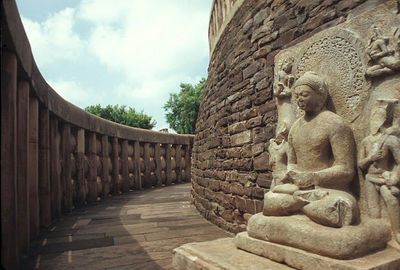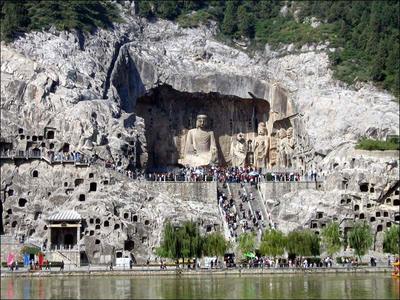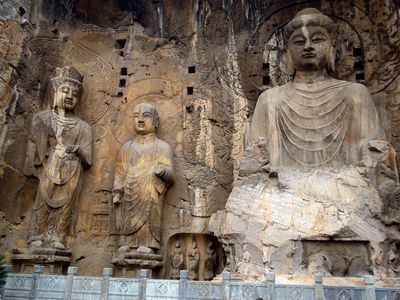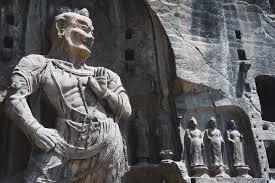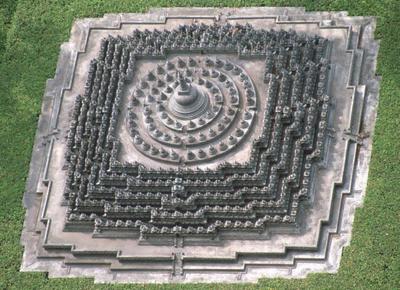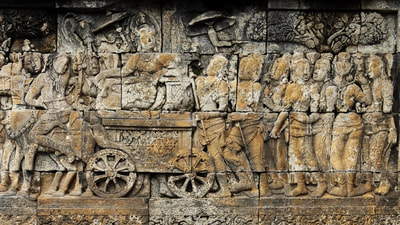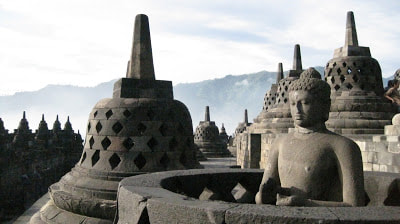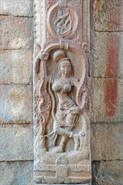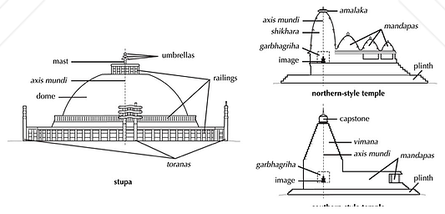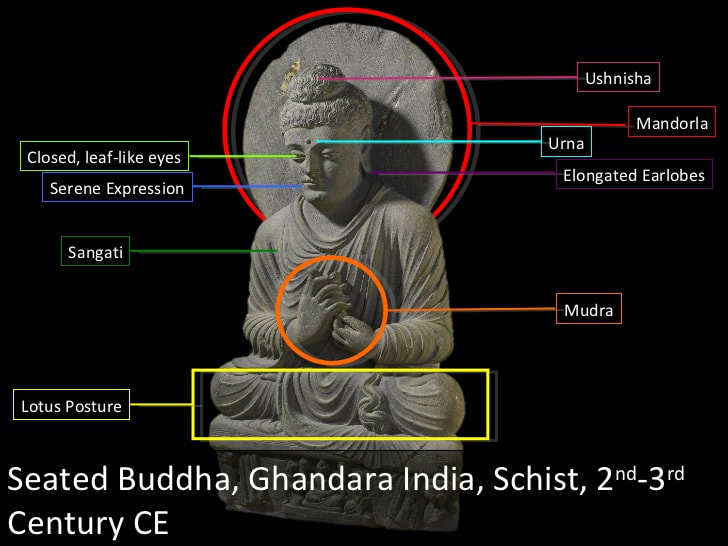- Home
-
PHOTO 1
-
PHOTO 2
-
PHOTO 3
- INFO >
- CLASS NOTES
-
ASSIGNMENTS
>
- STUDIO LIGHTS
- Composing: Creating an Abstract or Geometric Composition
- Composing: Creating an Abstract or Geometric Composition
- EMPHASIS ON COLOR THEORY
- DESIGNING IN B&W
- Formal and Informal Portraits
- CUBIST PORTRAITS
- NATURAL LIGHTING
- COMPOSITION - SCAVENGER HUNT
- STREET PHOTOGRAPHY
- MANDALA
- NIGHT
- RHYTHM & REPETITION
- PATTERNS & RHYTHM WITH LIGHT
- STUDIO PORTRAITURE
- PHOTOGRAM - MEMOIRS - THE DIGITAL VERSION
- HDR Landscapes
- PORTFOLIO
- VIDEOS
- HANDOUTS
- GALLERY
-
AP 2D ART + DESIGN
- INFO >
- SUMMER PROJECT
- SUSTAINED INVESTIGATION
- ELEMENTS + PRINCIPLES
- STUDIO LIGHTS
-
ASSIGNMENTS
>
- DESIGNING IN B&W
- COLOR THEORY
- TRIPTYCH
- SUSTAINED INVESTIGATION #1
- SUSTAINED INVESTIGATION #2
- SUSTAINED INVESTIGATION #3
- SUSTAINED INVESTIGATION #4
- SUSTAINED INVESTIGATION #5
- SUSTAINED INVESTIGATION #6
- SUSTAINED INVESTIGATION #7
- SUSTAINED INVESTIGATION #8
- SUSTAINED INVESTIGATION #9
- SUSTAINED INVESTIGATION #10
- ABSTRACT & GEOMETRIC COMPOSITION
- STUDIO PORTRAITURE
- TEXTURES & ABSTRACTIONS FROM THE...
- WEBSITE PORTFOLIO
- CLASS NOTES
- HANDOUTS
- VIDEOS
- GALLERY
- 3D ART 1
- 3D ART 2
- 3D ART 3
- Contact
BUDDHIST ART
|
Religions developed:
Hinduism: Many different sects of Hinduism. Belief in the infinite variety of the divine: nature, gods, humans. Orthodox Hindus accept the Vedic (ancient Sanskrit) texts as divine. Vedic texts assign Brahmins (a caste of ritual specialists). Enlightenment, or reaching Nirvana, ends the cycle, through good deeds and living a devotional life to charities, religious fervor, and love of all. Buddism: Teaches individuals how to cope in the world full or misery. Buddha, Siddhartha, when he was a prince first, rejected worldly concerns and courtly life and decided to live in the country. Believes in reincarnation, a cycle of birth and rebirth. Enlightenment, or reaching Nirvana, ends the cycle, through good deeds and living a devotional life to charities, religious fervor, and love of all. Jainism: Teaches that the way to liberation and bliss is to live a life of harmlessness and renunciation. The aim of Jain life is to achieve liberation of the soul. |
CONTENT: What do you see?
FORM: The details (what you see more exactly). How the artist delivers the content. CONTEXT: Everything NOT observable. FUNCTION: The intended purpose of the work. ART WORKSAfghanistan:
182. Buddha Tibet: 184. Jowo Rinpoche, enshirined in the Jokhang Temple India: 192. Great Stupa at Sanchi - plan and elevation - North Gate - ambulatory China: 195. Longmen caves Indonesia: 198. Borobudur Temple |
CONTEXT |
|
The arts of South and Southeast Asia represent some of the world’s oldest, most diverse, and most sophisticated visual traditions. Many of the world’s great religious and philosophic traditions developed in these regions with distinctive religious art forms to support the beliefs and practices. India’s ancient worldview that dominated South Asia:
a: differentiated earthly and cosmic realms of existence, b: recognized certain sites or beings as sacred, c: understood time and life as cyclic. The religions developed - Hinduism, Buddism, Jainism, Sikhism - sought spiritual development, release, or divine union through religious methodologies and social practices. Adding to India’s worldview were preexisting animistic and popular beliefs from Southeast Asia from India’s attempts at colonization. Religious practices are iconic, and figural imagery of divinities and revered teachers plays a prominent role. South and Southeast Asia also supported foreign cultures and religions including Greco-Roman, Christianity, and Islamic cultures from West and Central Asia. Islamic influence is strong in India, Malaysia, and Indonesia, due to partial control of Islamic sultanates from 1000 - 2000 CE. Today, South and Southeast Asia have the world’s largest Muslim population. Architecture is frequently religious in function. Temples intended to house deities or shrines were constructed or rock cut. Rock cut caves containing Buddhist imagery, shrines, stupas, and monastic spaces span from India through Central Asia to China. I slamic architecture takes two major forms: secular (forts & palaces) and religiou s (mosques & tombs). Islamic mosques are decorated with non-figural imagery, including calligraphy and vegetal forms. All mosques have a Qibla wall facing Mecca, with a Mihrab, a focus for prayer. Artistic and architectural traditions are deeply rooted in Asian aesthetics and cultural practices. Painting styles in India favor contour drawing of forms over modeling, and calligraphy was an important art form in Islamic art in architecture, decorative objects, ceramic tiles, and manuscripts. Practice of Asian religions necessitated the development of novel art and architecture forms to support them. The cultures were interconnected through trade and politics and trade greatly affecting development of art and culture by way of the Silk Route and maritime networks. These routes were vital for the transmission of cultural ideas and practices. |
INDIAN CONCEPTSpluralism: unity in diversity
all life is sacred polytheism: the belief in many gods the belief in the connectedness of life the honoring of the caste system the belief that the obsession of the senses and material life will be the ruin of the spiritual life honoring your ancestors and their traditions belief that the attachment to materialism and the senses if the root of all unhappiness KEY IDEAS
|
Buddhist Philosophies
Common Themes of Buddism
|
VOCABULARY
|
Concepts and Contexts of Buddhism:
History of Buddhist Timeline:
560 BCE Birth of Siddhartha Gautama in northeastern India, the founder of the Buddhist faith
483 BCE Death of the Buddha, Buddhism spreads and changes along with Indian political institutions
273-232 BCE Maurya Dynasty: Asoka (ruler) becomes an active patron of Buddhism
- the political might of Mauryans brought about full institutionalization of Buddhism
200 BCE-100 CE Mahayana Buddhism develops as a major Buddhist sect and spreads from India to China, Korea, Japan, and southeast Asia. It is believed to be founded by Nagarjuna
300-400 CE Infl uential Lotus Sutra texts are written in Sanskrit and later translated to Chinese
c. 550 CE Buddhism arrives in Japan
c. 1222-1282 CE The Japanese monk Nicherin promotes Buddhist reform based on the Lotus Sutra
c. 1250 CE Eisai, a Japanese Buddhist monk, brings the Ch’an Buddhist tradition from China to Japan, where it becomes the foundation of the Samurai tradition and Zen Buddhism
Context - Religious Belief: Buddhism
Basic beliefs of Buddhism:
- the belief that all existence implies sorrow
the cause of sorrow is attachment to work and self, causing rebirth (reincarnation)
- this attachment (and reincarnation) can be dissolved through the elimination of desires
(desire binds the self to a countless succession of rebirths)
- this cessation of rebirth can be accomplished by the following Eightfold Path
(which prescribes simple practices of right thought, right speech, right action)
Four Noble Truths achieved through meditation. These are the four main tenants of Buddhism:
1. Life brings su ffering.
2. The desire for pleasure, power, and immortality are the roots of su ffering.
3. Suff ering ceases when desiring ends.
4. Desire ends via the Noble Eightfold Path of right view, intention, speech, action, livelihood, e ffort, awareness, and concentration.
Vairochana Buddha - the celestial or transcendent Buddha
Shakyamuni Buddha - also called Siddhartha Gautama, the historical Buddha who is believed to have lived sometime between the 6th and 4th centuries BCE
Theravada Buddhism - individual project - southern region of Asia - Thailand, Cambodia
Mahayana School - Buddha was a savior and often a God - a God concerned with man’s sorrows above all else. The
Mahayana form of Buddhism is a collective project in Tibet, Mongolia, Vietnam, Korea, China, and Japan.
Bodhisattva - beings who are capable of enlightenment but who forego it in order to help other living beings towards salvation (often
serving as attendants to the Buddha - aids to his teachings). Presented in princely dress and ornament.
560 BCE Birth of Siddhartha Gautama in northeastern India, the founder of the Buddhist faith
483 BCE Death of the Buddha, Buddhism spreads and changes along with Indian political institutions
273-232 BCE Maurya Dynasty: Asoka (ruler) becomes an active patron of Buddhism
- the political might of Mauryans brought about full institutionalization of Buddhism
200 BCE-100 CE Mahayana Buddhism develops as a major Buddhist sect and spreads from India to China, Korea, Japan, and southeast Asia. It is believed to be founded by Nagarjuna
300-400 CE Infl uential Lotus Sutra texts are written in Sanskrit and later translated to Chinese
c. 550 CE Buddhism arrives in Japan
c. 1222-1282 CE The Japanese monk Nicherin promotes Buddhist reform based on the Lotus Sutra
c. 1250 CE Eisai, a Japanese Buddhist monk, brings the Ch’an Buddhist tradition from China to Japan, where it becomes the foundation of the Samurai tradition and Zen Buddhism
Context - Religious Belief: Buddhism
Basic beliefs of Buddhism:
- the belief that all existence implies sorrow
the cause of sorrow is attachment to work and self, causing rebirth (reincarnation)
- this attachment (and reincarnation) can be dissolved through the elimination of desires
(desire binds the self to a countless succession of rebirths)
- this cessation of rebirth can be accomplished by the following Eightfold Path
(which prescribes simple practices of right thought, right speech, right action)
Four Noble Truths achieved through meditation. These are the four main tenants of Buddhism:
1. Life brings su ffering.
2. The desire for pleasure, power, and immortality are the roots of su ffering.
3. Suff ering ceases when desiring ends.
4. Desire ends via the Noble Eightfold Path of right view, intention, speech, action, livelihood, e ffort, awareness, and concentration.
Vairochana Buddha - the celestial or transcendent Buddha
Shakyamuni Buddha - also called Siddhartha Gautama, the historical Buddha who is believed to have lived sometime between the 6th and 4th centuries BCE
Theravada Buddhism - individual project - southern region of Asia - Thailand, Cambodia
Mahayana School - Buddha was a savior and often a God - a God concerned with man’s sorrows above all else. The
Mahayana form of Buddhism is a collective project in Tibet, Mongolia, Vietnam, Korea, China, and Japan.
Bodhisattva - beings who are capable of enlightenment but who forego it in order to help other living beings towards salvation (often
serving as attendants to the Buddha - aids to his teachings). Presented in princely dress and ornament.
|
|
|
|
|
|
|
|
|
|
